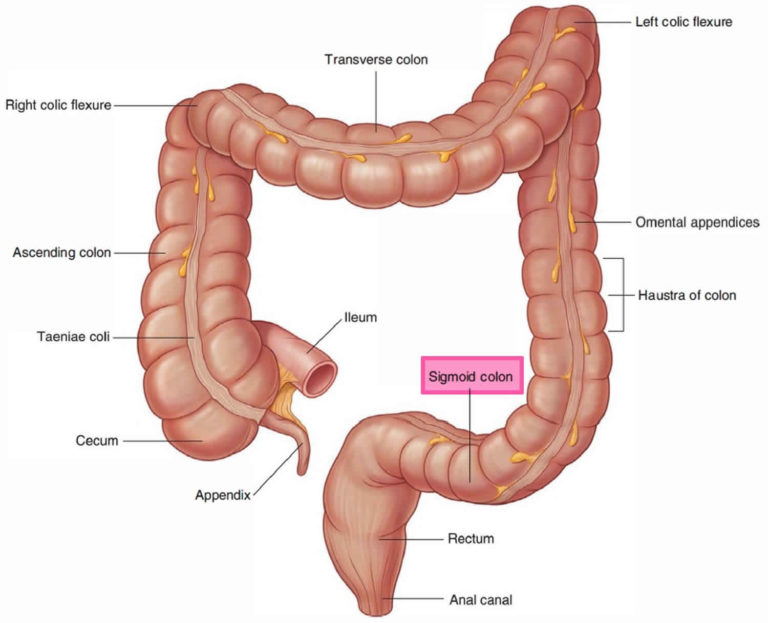


Such symptoms can include a change in bowel habits, blood in the stool, abdominal pain and unexpected weight loss.įrancesca Arminio had three polyps removed during her colonoscopy at age 33. Last year, when she started having symptoms that are common in people with colorectal cancer, she began tracking her experience. But there is also concern that this trend could lead to the overuse of colonoscopies.Īs the email marketing coordinator for the Colorectal Cancer Alliance, Francesca Arminio, based in Washington, DC, knew the effects this disease was having on people around her age. The researchers found “significant differences” in the bacterial and fungal species detected in the microbiomes of the younger patients versus the older patients, which they wrote, warrants “larger, prospective studies to elucidate the role the intratumoral microbiome plays” in developing cancer.Īs the search for answers continues, some younger adults in the United States have sought colorectal cancer screenings at a time when the disease is on the rise for their age group. The research has not yet been peer-reviewed or published in a medical journal, but an abstract posted online describes how researchers analyzed data on 36 colorectal cancer patients who were diagnosed before the age of 45 and 27 patients who were diagnosed after the age of 65. One new study, to be presented at the annual meeting of the American Society of Clinical Oncology in June, suggests that a young adult’s microbiome – the collection of microbes, such as bacteria, fungi and viruses that naturally live in human bodies – may play a role. Some suspect factors driving this increase are environmental, while others wonder if they are dietary. Scientists racing to find clues toward understanding why cases of colorectal cancer are climbing among younger people. An unexplained rise in colorectal cancer rates among younger adults is leading more people – including physicians – to get screened for the disease early, sometimes far ahead of the recommended age of 45 for those at average risk.


 0 kommentar(er)
0 kommentar(er)
